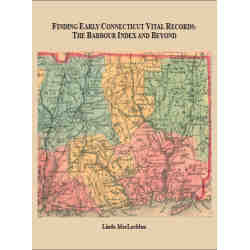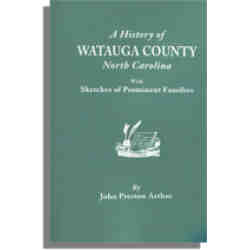Description
In the decade preceding the Revolutionary War, frontier settlers migrated into the western parts of North Carolina, settling on lands along the Watauga River that belonged to the Cherokee Indian Nation. Many were Scotch-Irish who had traveled to the area through the Shenandoah Valley down the Great Wagon Road, while others were settlers who wandered westward over the mountains after the collapse of the Regulator movement in North Carolina. In May 1772 these settlers, led by John Sevier and James Robertson, established the Watauga Association, which boasted the country’s first majority-rule system of government, and the first written constitution in America. The Watauga Association negotiated a ten-year lease with the Cherokees, and later purchased the land from the Indians. In 1776 the Watauga settlement was annexed to North Carolina, then was ceded to the federal government in 1784, briefly comprised the State of Franklin, and finally became part of Tennessee when it attained statehood in mid-1796.
Although Watauga County, North Carolina, was not established until 1849 from the existing counties of Ashe, Wilkes, Caldwell, and Yancey in northwestern North Carolina, “all of Watauga County on the waters of Watauga River was once a part . . . Of the famous and immortal Old Watauga Settlement of Sevier . . . .” In his History of Watauga County, North Carolina, John Preston Arthur provides an invaluable study of the origins and early settlers of this area rich in genealogical history. Arthur’s History not only covers the topics standard to such histories–the first settlements, Indian raids, churches, Revolutionary and Civil War activities, geological facts, legislative and other officers, population and agricultural statistics, place names, schools, etc.–but also peppers his narrative with innumerable names of early settlers, biographical sketches, and anecdotes about county residents. One chapter of the book deals with Daniel Boone, who according to local tradition, “hunted all through the mountains of what is now Watauga County during several years preceding 1769, and knew the country thoroughly.”
Of particular interest to genealogists are biographical sketches of the following prominent Watauga County families: Adams, Baird, Banner, Bingham, Blackburn, Blair, Brown, Bryan or Bryant, Cable, Coffey, Cottrell, Councill, Critcher, Davis, Dugger, Eggers, Elrod, Farthing, Franklin, Gragg, Greene, Greer, Grider, Grubb, Hagaman, Hardin, Harman, Hartley, Hayes, Hodges, Holtzclaw, Horton, Ingram, Isaacs, Lenoir, Lewis, Linney, Lovill, McBride, McGhee, Mast, Miller, Moretz, Morphew, Norris, Penley, Perkins, Presnell, Reese, Rivers, Sands, Shearer, Sherrill, Shull, Smith, Story, Swift, Tatum, Tester, Thomas, Todd, Trivett, Tugman, Van Dyke, Vannoy, Ward, Watson, Welch, Wilson, Winebarger, Winkler, Woodring, and Yountz.







Reviews
There are no reviews yet.